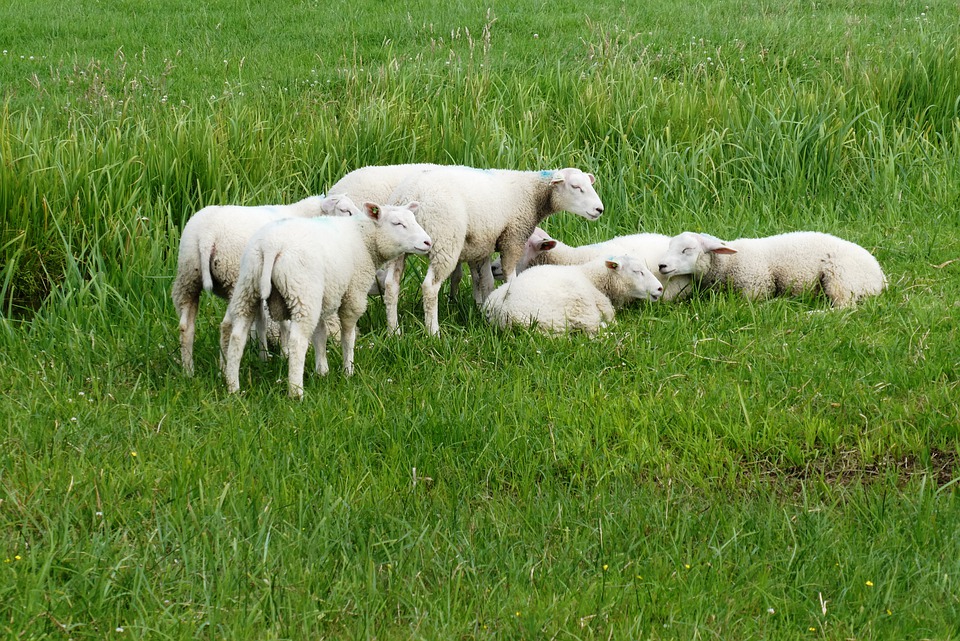Produção de Andropogon gayanus consorciado com espécies leguminosas, adubadas com fósforo
DOI:
https://doi.org/10.20873/jbb.uft.cemaf.v5n1.floresPalavras-chave:
Calopogonium, Stylosanthes, fósforo, fertilidade do soloResumo
Na bovinocultura de corte uma alternativa viável para reverter os processos de degradação das pastagens e aumentar a disponibilidade de alimentos para os animais é a adoção do consórcio entre gramíneas e leguminosas. Objetivou-se nesse estudo avaliar o rendimento de matéria seca de capim andropógon em diferentes idades, consorciadas duas espécies de leguminosas sob níveis de adubação fosfatada. O delineamento experimental foi de blocos ao acaso em esquema fatorial 2 x 4 +1, sendo o fator principal duas espécies de leguminosas (Calopogonium mucunoides e Stylosanthes guianensis cv. Campo Grande), o fator secundário, doses de fósforo (0, 50, 100, 200 kg ha-1 de P2O5) e um tratamento adicional não consorciado e sem adubação fosfatada, com 4 repetições. Os resultados mostram que a aplicação isolada de fósforo melhorou o rendimento de biomassa no capim andropógon consorciado com as leguminosas, que o plantio consorciado de andropógon produziu mais biomassa total que o monocultivo e que os teores de P, Ca2+, Mg2+ e CTC no solo foram maiores no consócio de capim andropógon com estilosantes.

Publicado
Como Citar
Edição
Seção
Licença
Copyright (c) 2024 - Journal of Biotechnology and Biodiversity

Este obra está licenciado com uma Licença Creative Commons Atribuição 4.0 Internacional.
Autores que publicam nesta revista concordam com os seguintes termos:
Autores mantêm os direitos autorais e concedem à revista o direito de primeira publicação, com o trabalho simultaneamente licenciado sob a Licença Creative Commons Attribution (CC BY 4.0 no link http://creativecommons.org/licenses/by/4.0/) que permite o compartilhamento do trabalho com reconhecimento da autoria e publicação inicial nesta revista.
Autores têm autorização para assumir contratos adicionais separadamente, para distribuição não exclusiva da versão do trabalho publicada nesta revista (ex.: publicar em repositório institucional ou como capítulo de livro), com reconhecimento de autoria e publicação inicial nesta revista.
Autores têm permissão e são estimulados a publicar e distribuir seu trabalho online (ex.: em repositórios institucionais ou na sua página pessoal) a qualquer momento antes ou durante o processo editorial, já que isso pode gerar alterações produtivas, bem como aumentar o impacto e a citação do trabalho publicado (disponibilizado em O Efeito do Acesso Livre no link http://opcit.eprints.org/oacitation-biblio.html).


